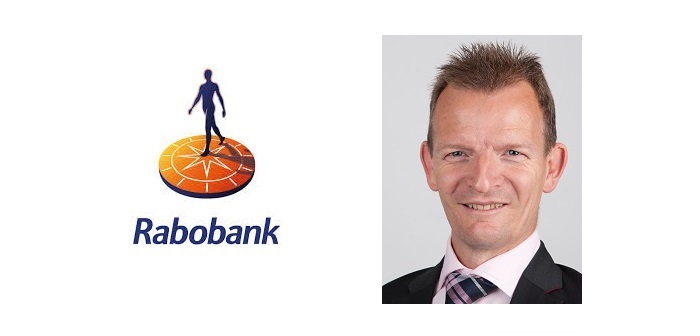The extent to which China imports pork after Chinese New Year will determine the next seasonal increase in pigmeat prices, according to the latest pork quarterly report from Rabobank.
“A lower-than-expected decline in imports will support prices in key exporting countries, while exchange rates remain the other important variable influencing prices,” said Rabobank animal protein analyst, Albert Vernooij (pictured above.)
“Prices will also be affected by the slow increase in global supply, supported by growing productivity and rising sow numbers.”
Adding that “positive vibes” for pork imports continue to emerge from China, Mr Vernooij further commented that the country’s stabilising sow herd and rapidly rising productivity will not affect the market before summer. He also said that the continuing impact of environmental policies on industry restructuring will limit expansion in China.
On the EU market, the Rabobank view us that there are “positive prospects” this year but that some “wildcards” remain.
“Pressured supply and continuing exports will support prices and margins in the EU,” it was stated. “However, rising export dependency, as a result of ongoing pressured domestic consumption, increases the importance of a favourable exchange rate, given rising competition from the Americas.”
As for the US, the report headline is that rising supplies with increase industry challenge in the States with pressure being placed on farmers’ margins in 2017.
The forecast for Brazil, meanwhile, is that continuing export growth will remain key for the country’s pork industry, given an expected 3% production increase at a time when domestic meat consumption looks set to experience a “slow recovery”.




